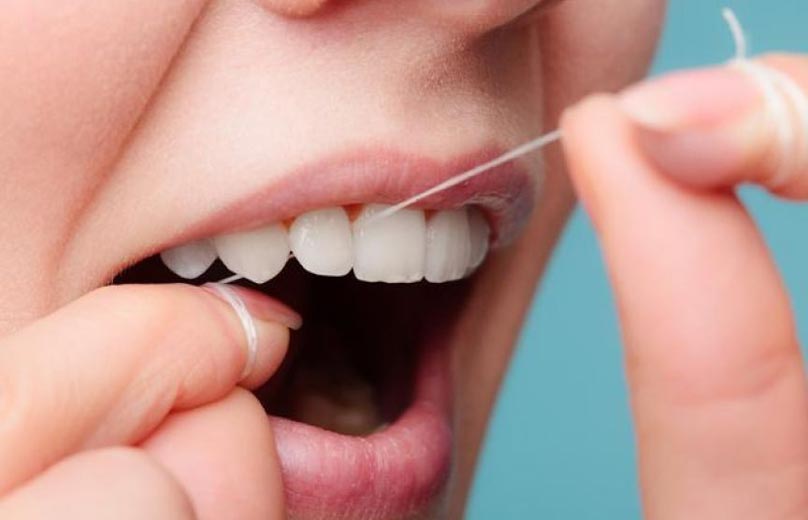To look at the title, how to use dental floss properly, you might think it’s a pretty redundant topic. Everyone knows how to floss, don’t they? You would be surprised to learn that many adults don’t know the correct technique. What’s more, they didn’t even know that you need to brush your teeth for at least two minutes every time. If you are due for some dental help or a dentist check-up soon, and you don’t think you’re taking care of your teeth as well as you should, then read on. Below, you can learn the correct techniques for flossing, and for more, check out dentist Dental O So Gentle in Perth.
There are three steps for flossing, but the technique is essential to get right.
- Begin with at least 18 inches of dental floss from a floss dispenser. These are available from most supermarkets.
- Wrap each end around your middle and index finger to ensure a firm grip.
- Curve the floss in a ‘C’ shape around each tooth. Move it back and forward in a push-pull motion. Follow that up with up and down the sides of each tooth.
Every time you floss, make sure you go beneath the gumline. By doing so, you can remove plaque build-up that a toothbrush and mouth rinse can’t find. The back and forward motion help to bring the plaque up from your gumline, releasing it into your mouth for rinsing out.
Once you’ve got your technique perfect, it’s time to find out whether the floss that’s been sitting in the dusty depths of your medicine cabinet is ideal for the task. Your dentist will be able to recommend the best floss.
There are two types – nylon or PTFE. Nylon is a waxed or unwaxed floss that you can buy in flavours or without flavouring at all. The downside of nylon floss, even though it’s affordable, is that it can shred and tear. After all, it features several strands of nylon bound together.
Ask your dentist about PTFE floss and whether it’s right for you. This type of floss, while expensive, is a single filament type that slides easily between your teeth and doesn’t shred. It’s perfect for people whose teeth are too close together for nylon floss. However, both nylon and PTFE floss will help you to remove plaque and debris from your teeth.
What Else Do You Need to Do?
It’s not enough to know how to floss correctly; you may also see the value in talking to your dentist about correct brushing techniques. Move your toothbrush at a 45-degree angle with a forward and back motion. Brush the inside and outside of your teeth, the chewing surface, and behind your back teeth. Don’t forget to brush your tongue!
If you’re not sure if your oral health regime is as effective as it could be, seek advice. Your dentist can help you work out what the best products will be for you, and how to ensure your teeth remain in tip-top shape for as long as possible.







